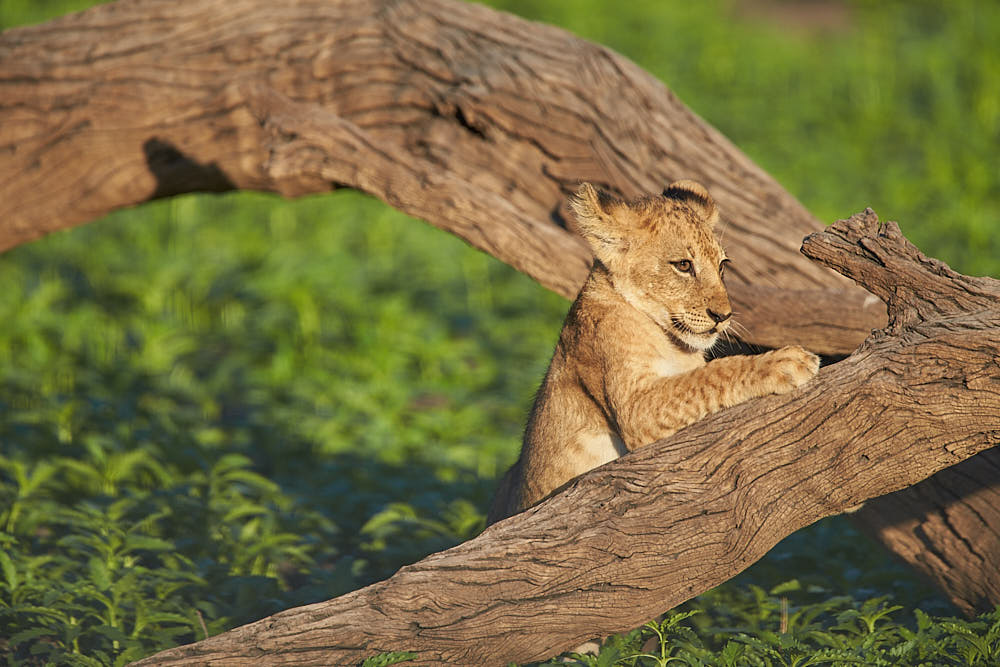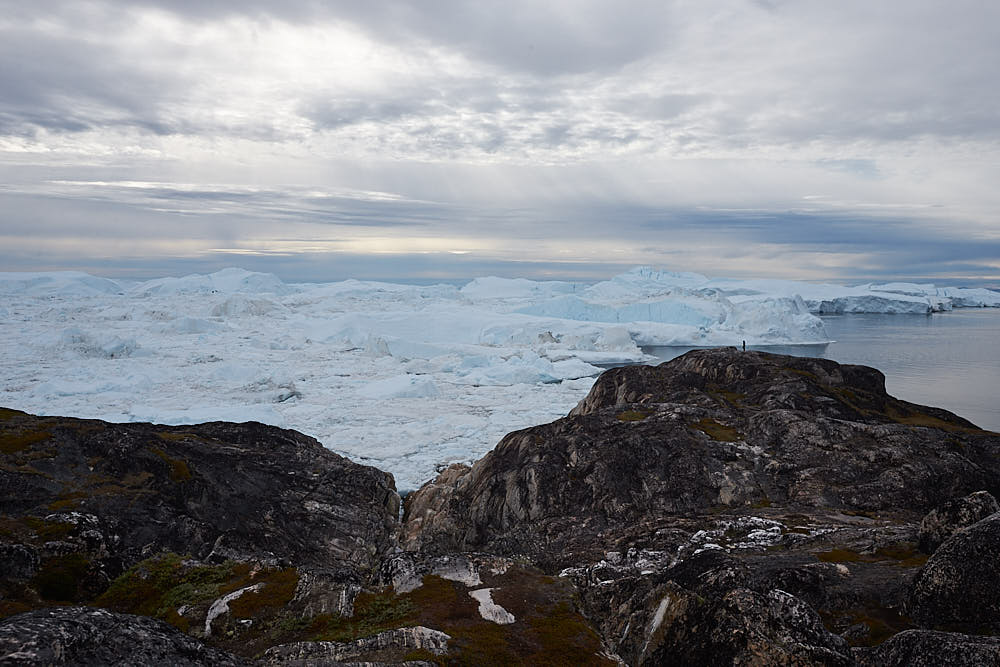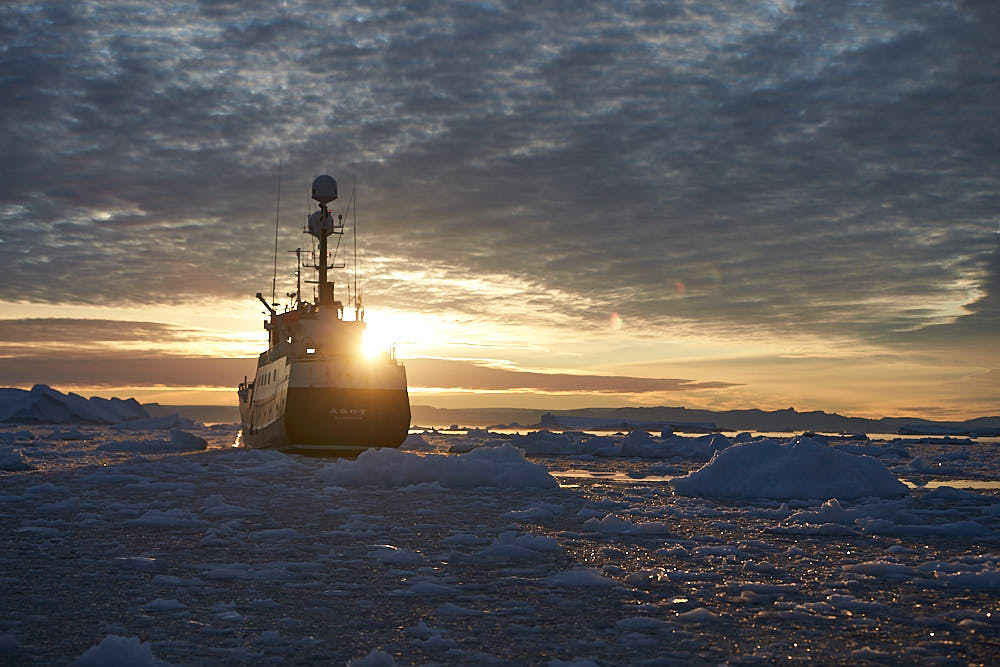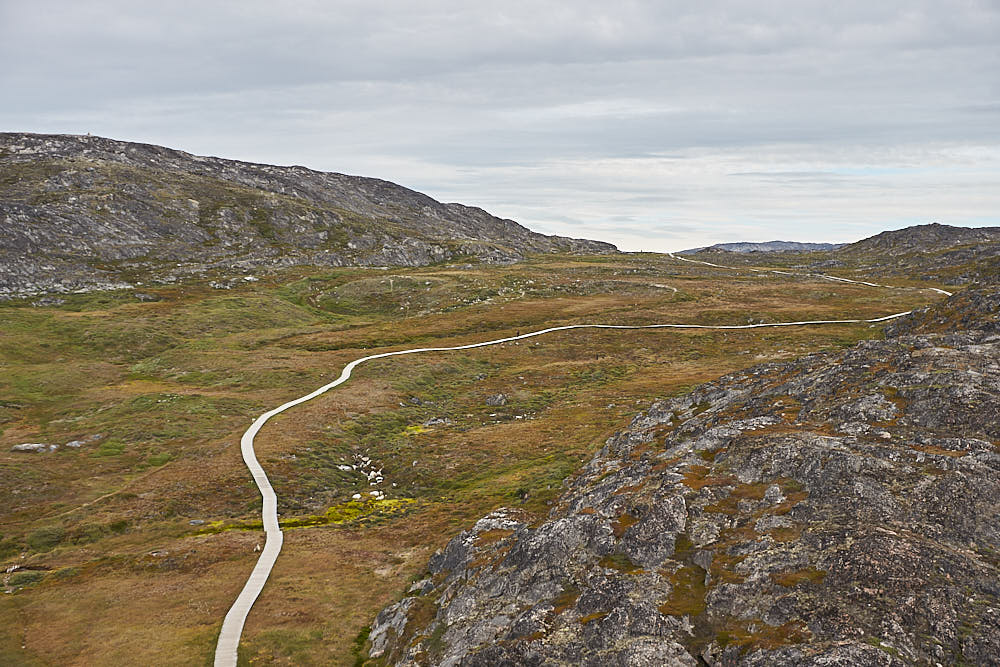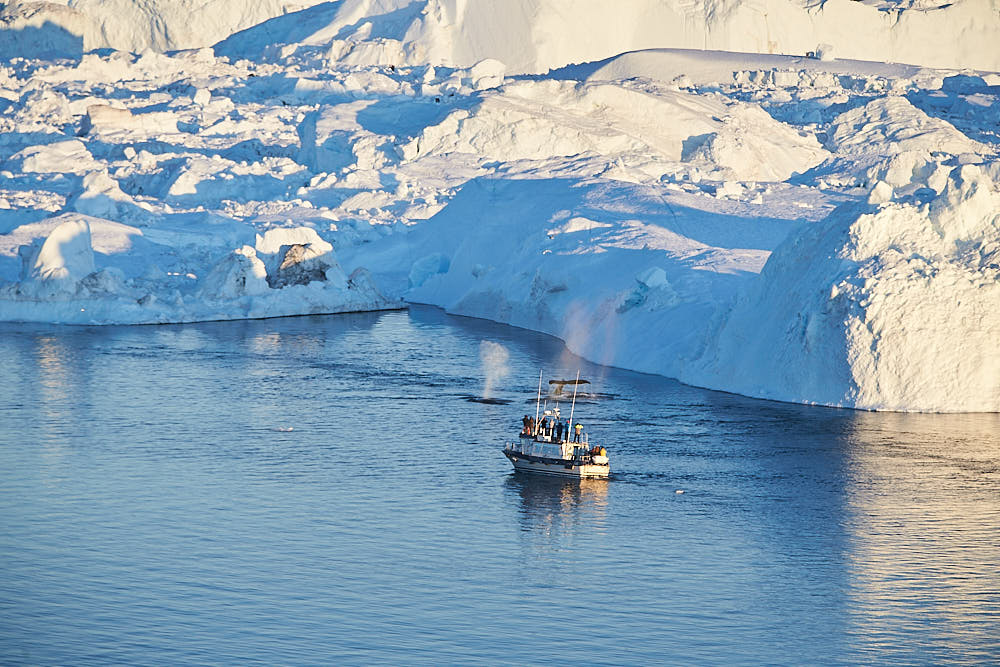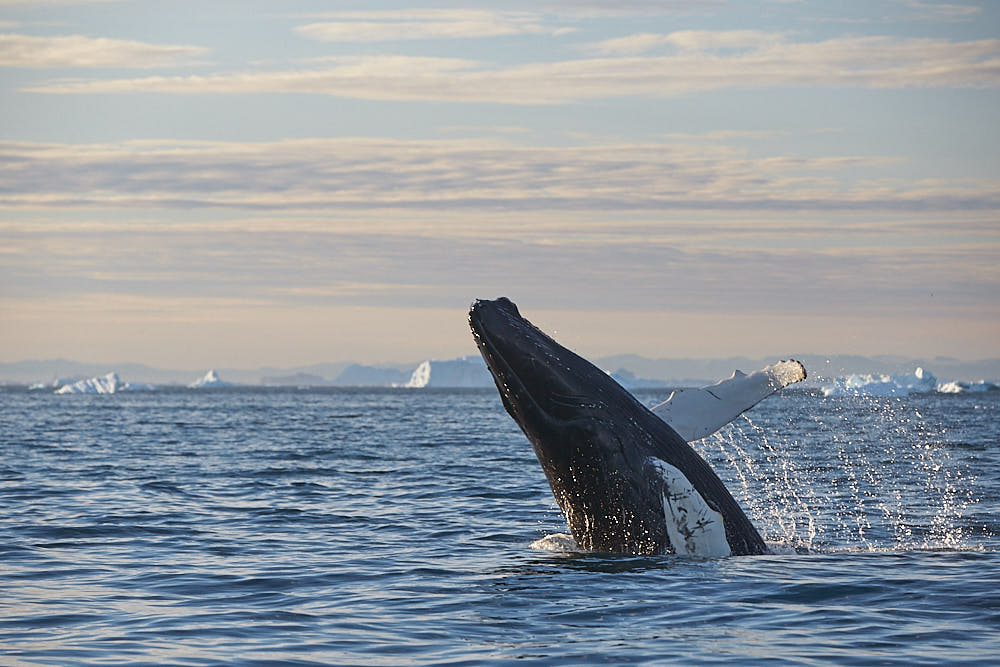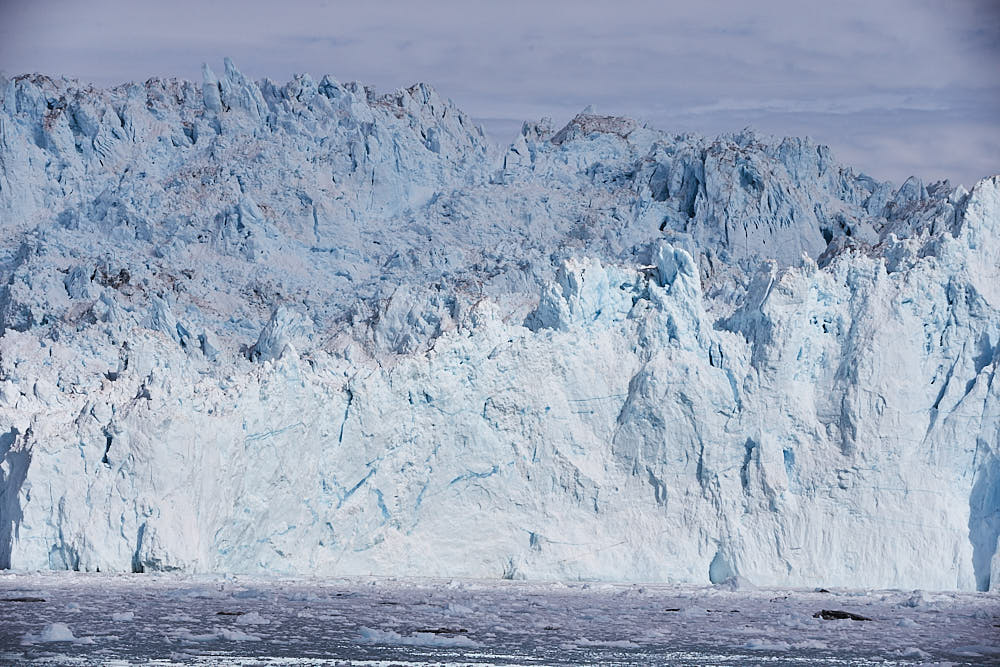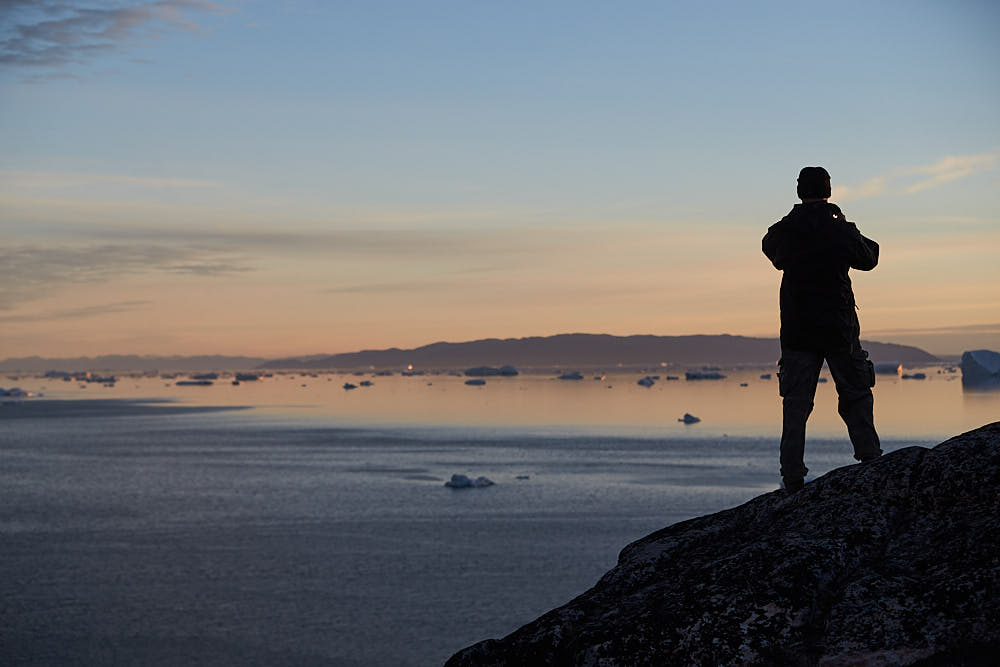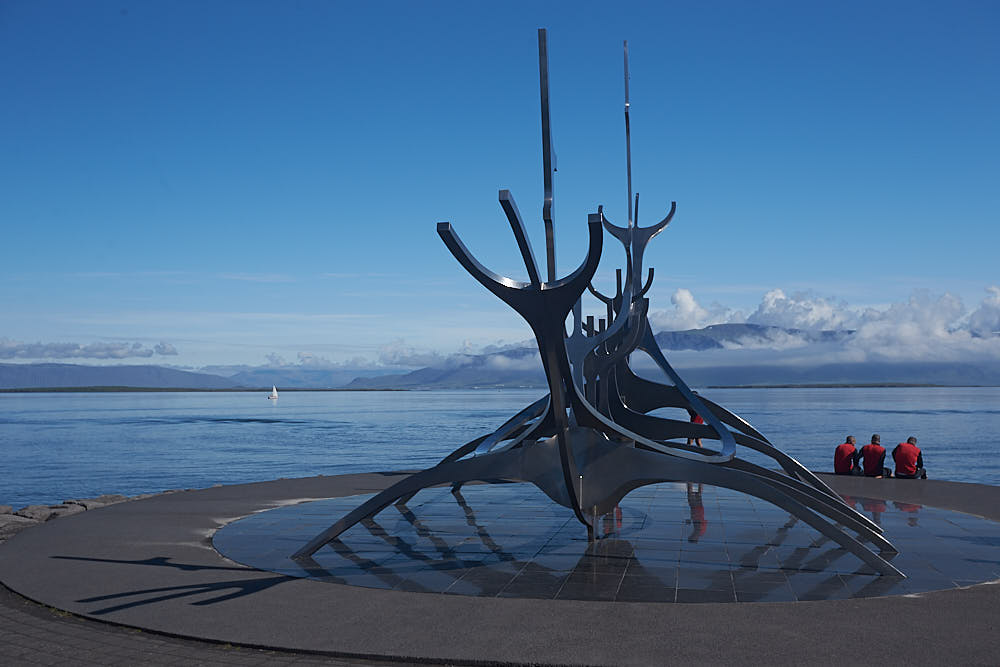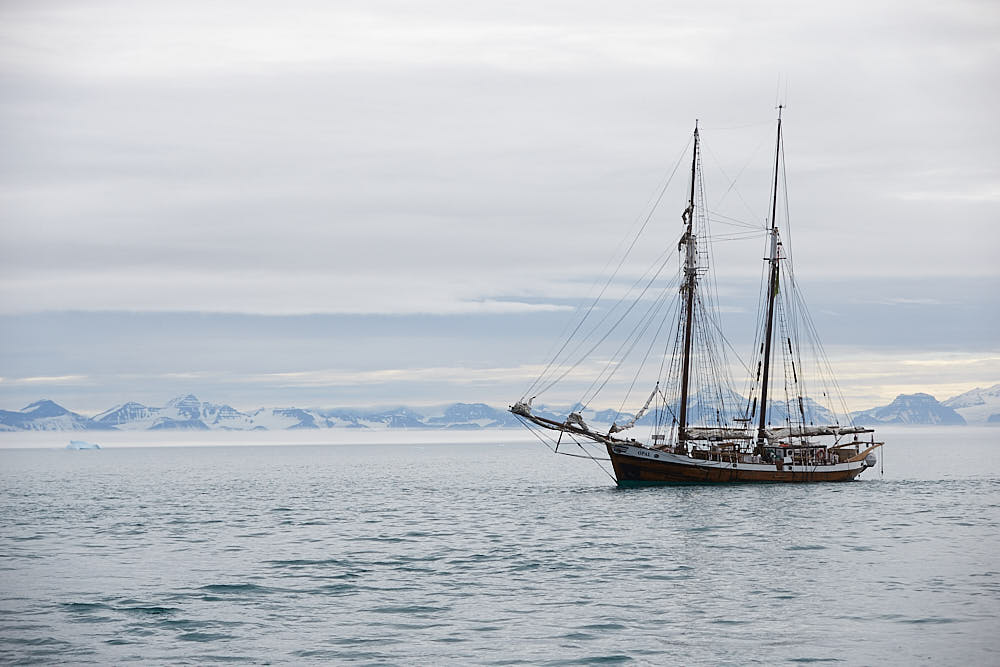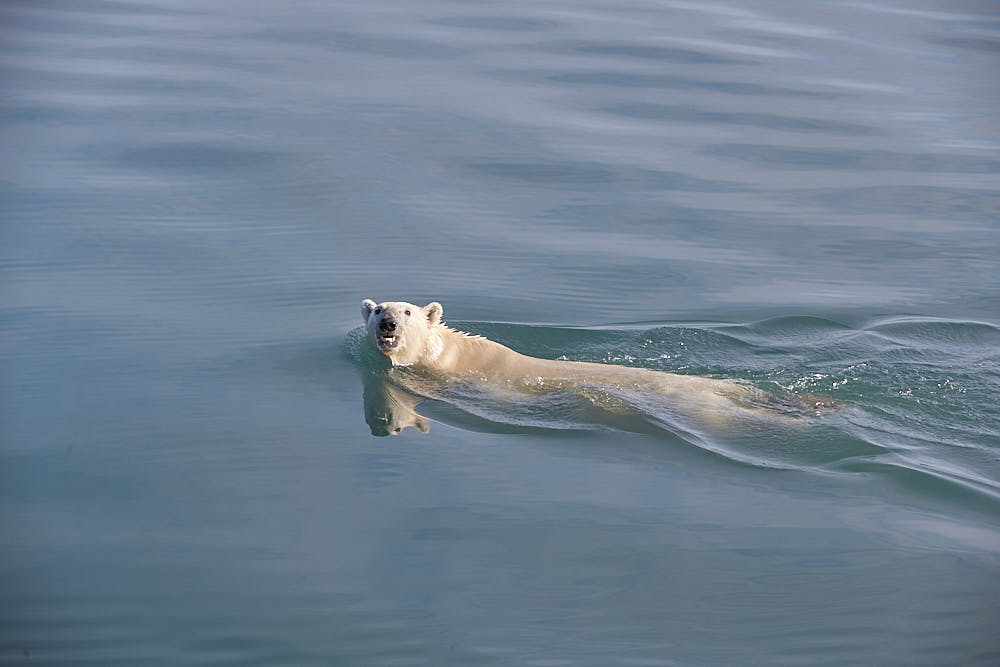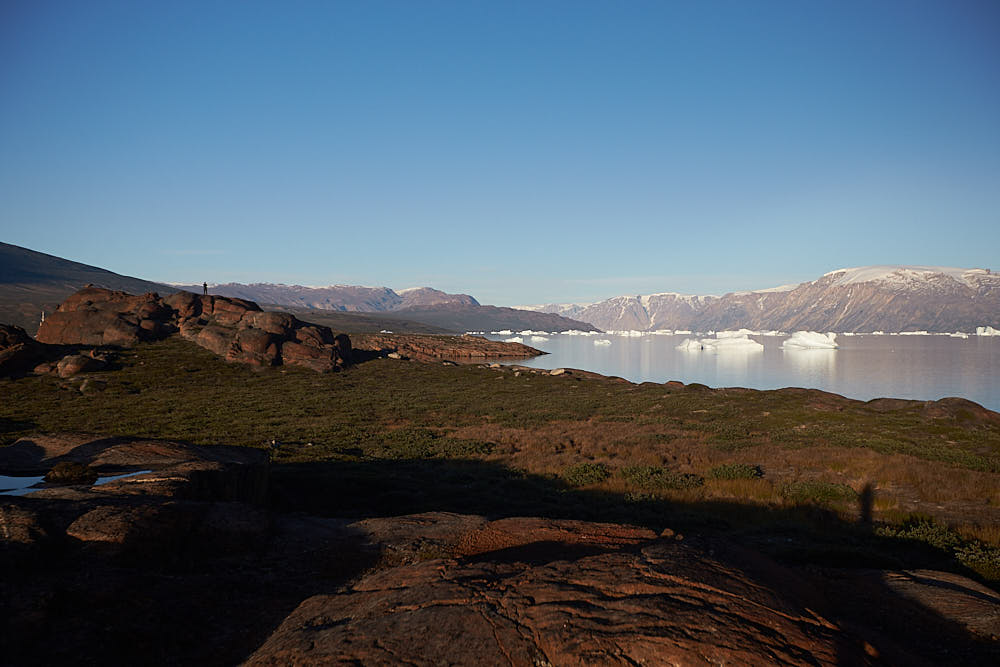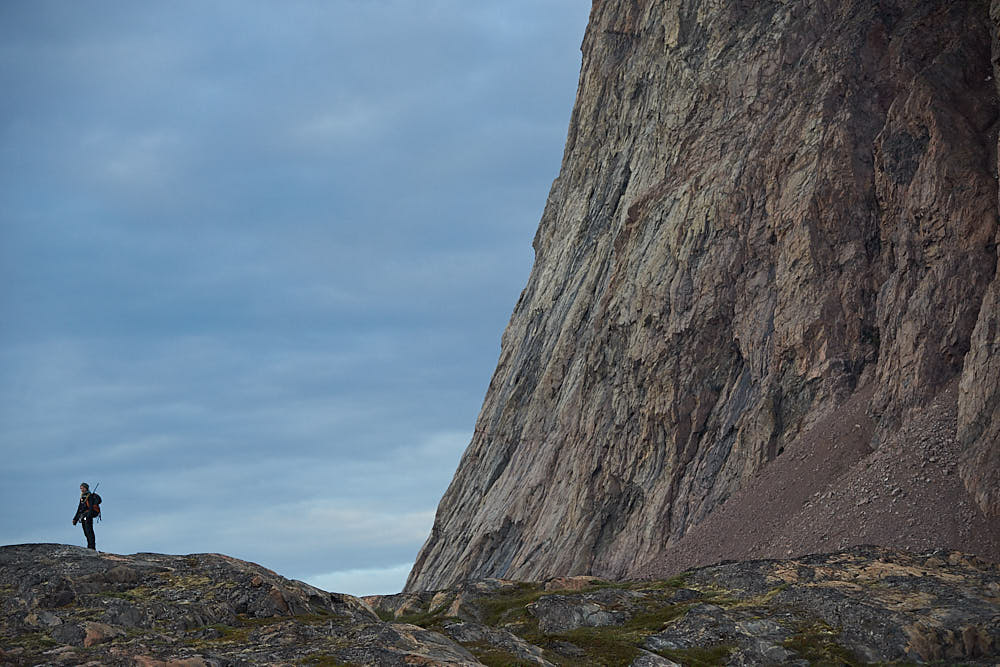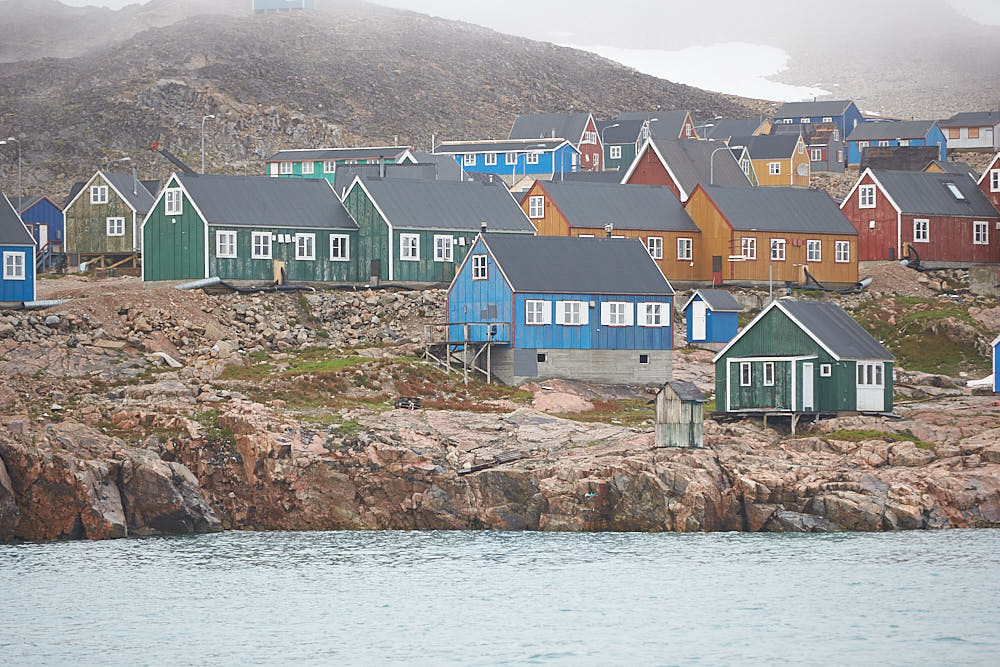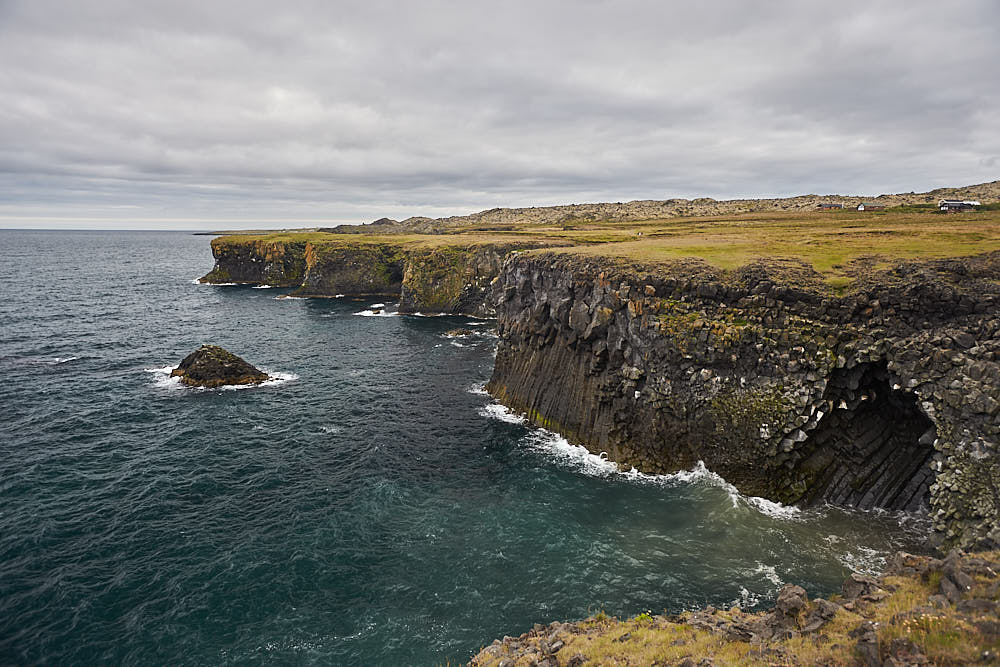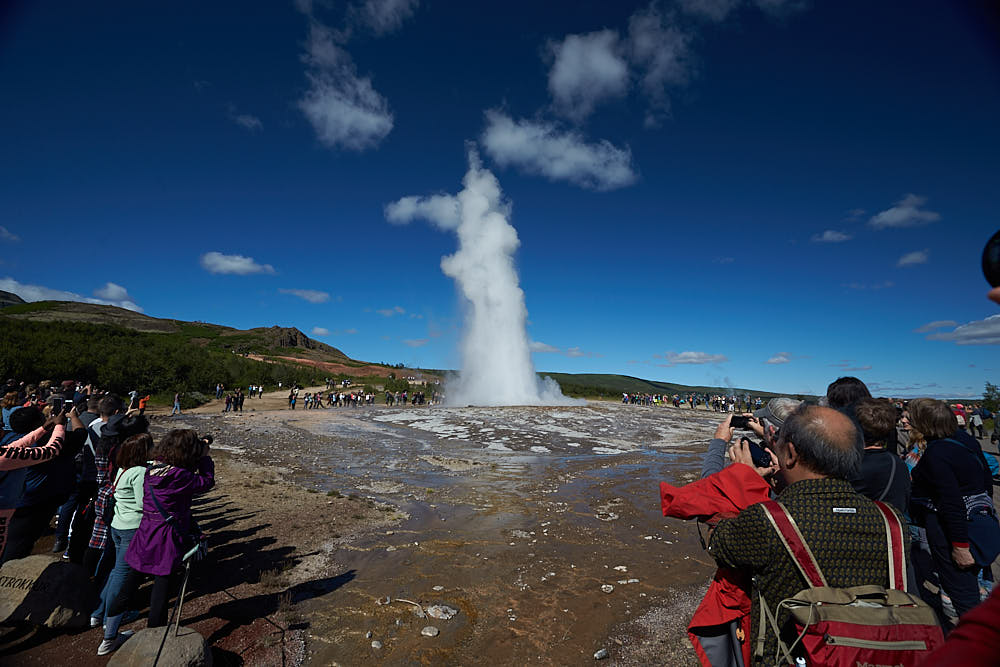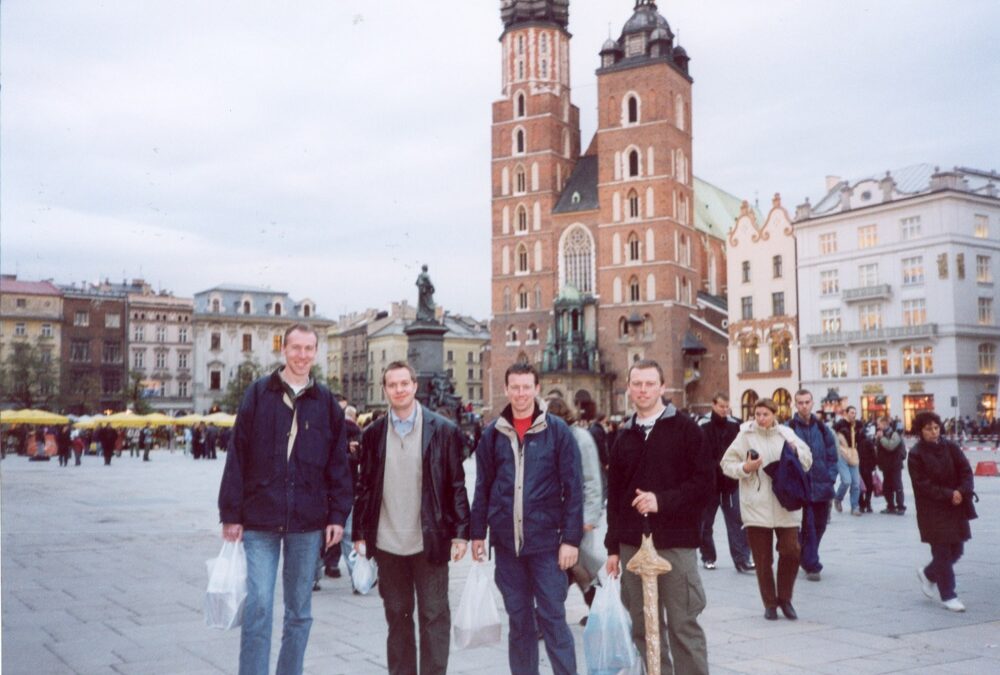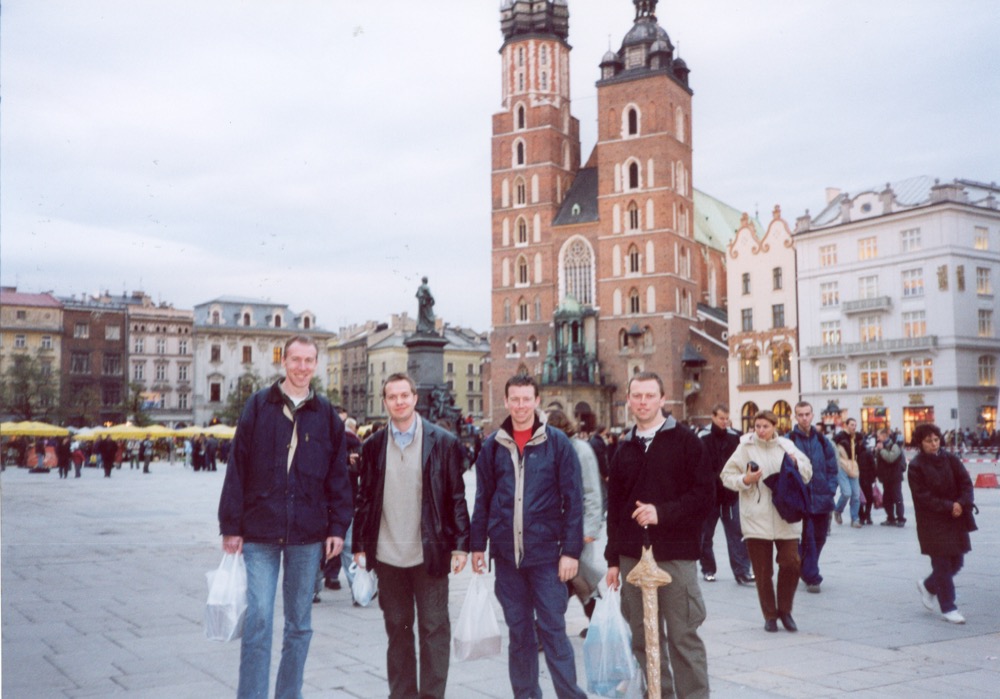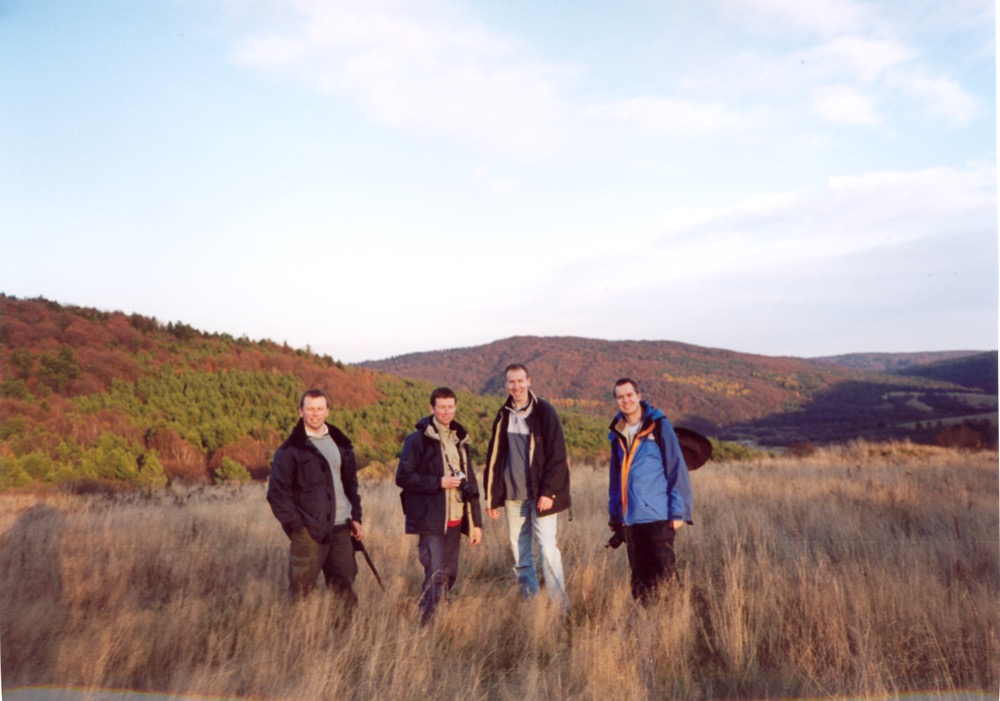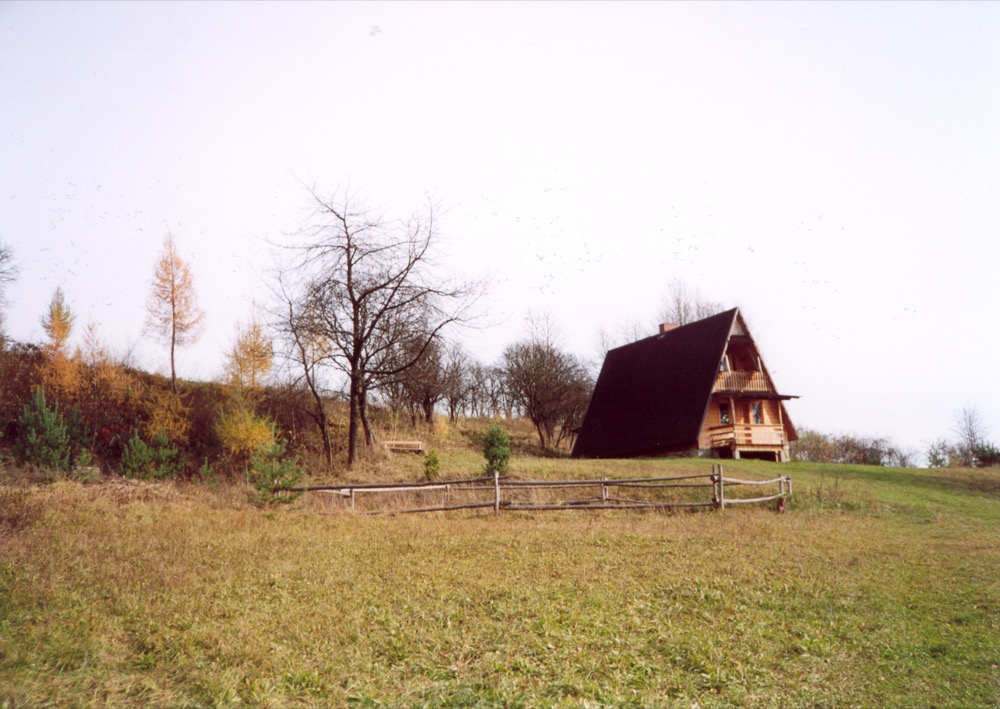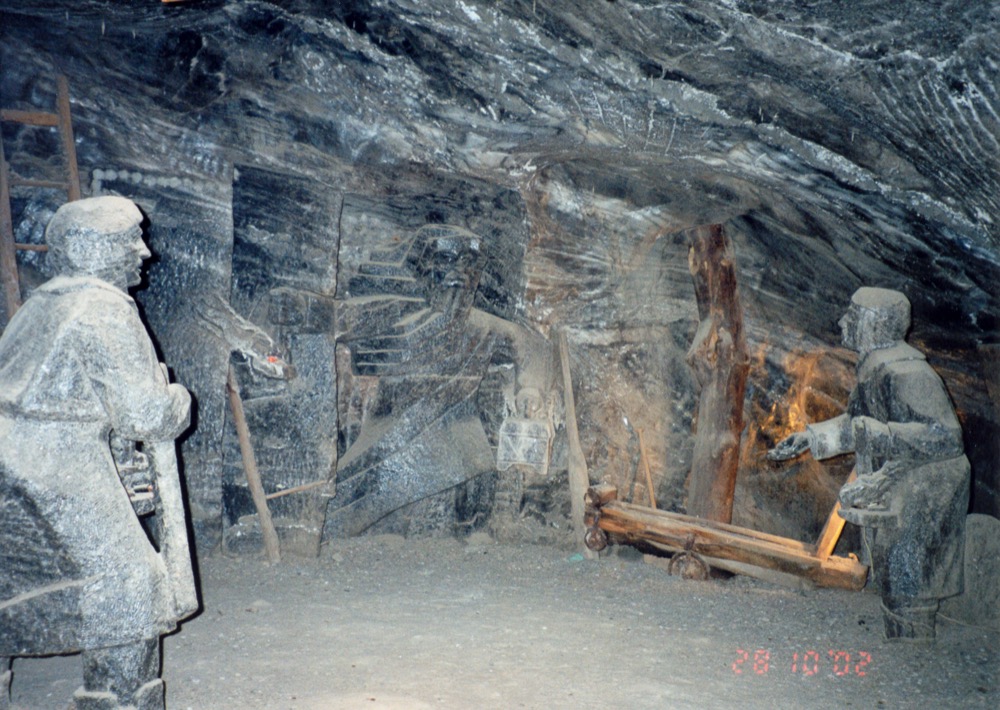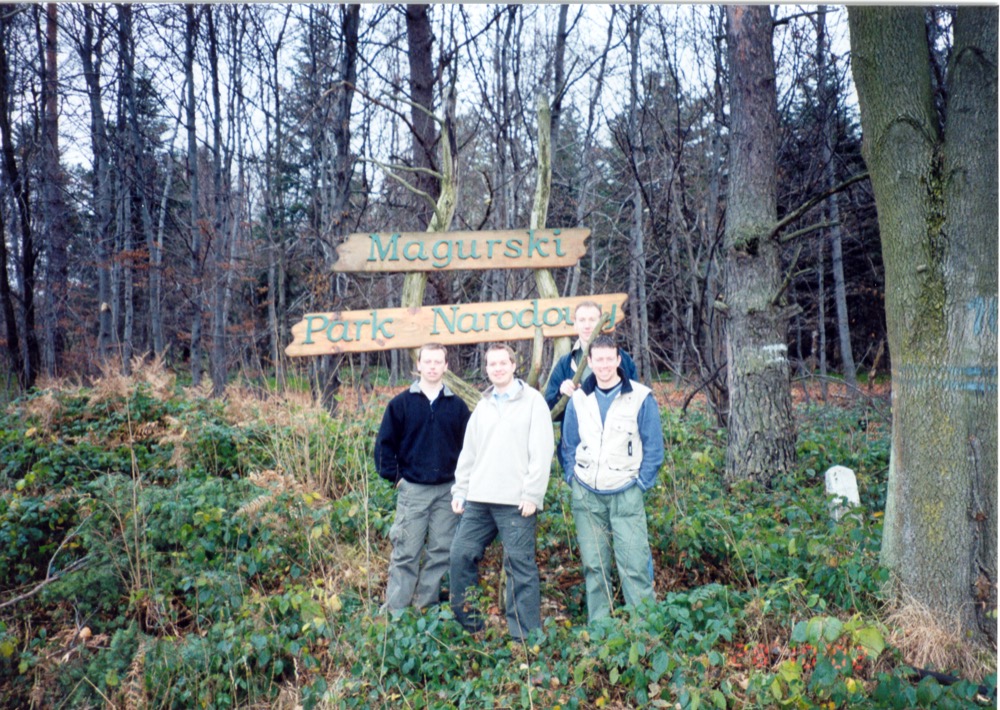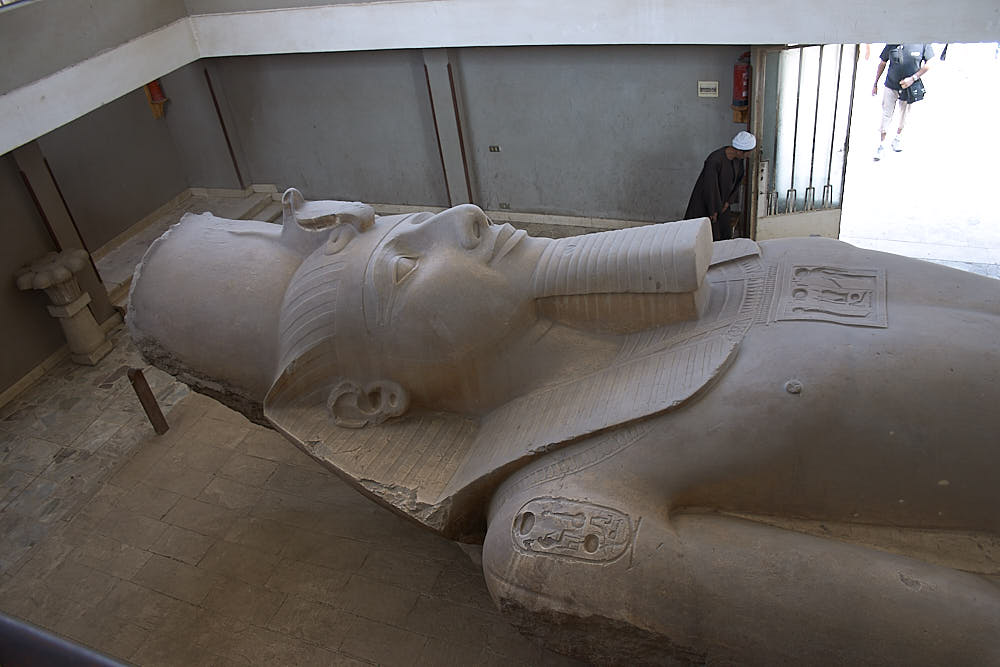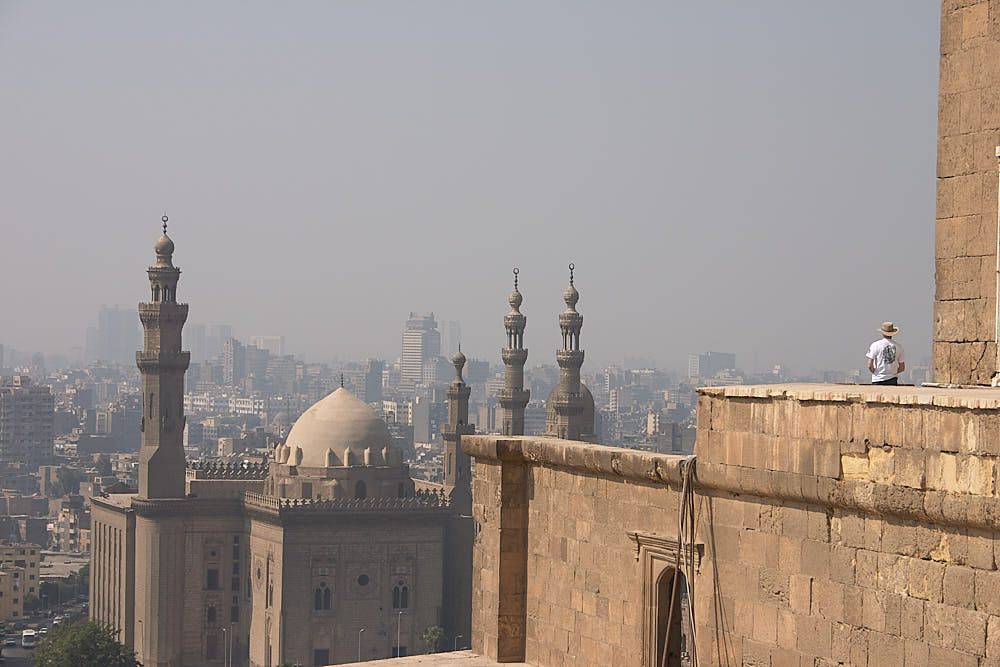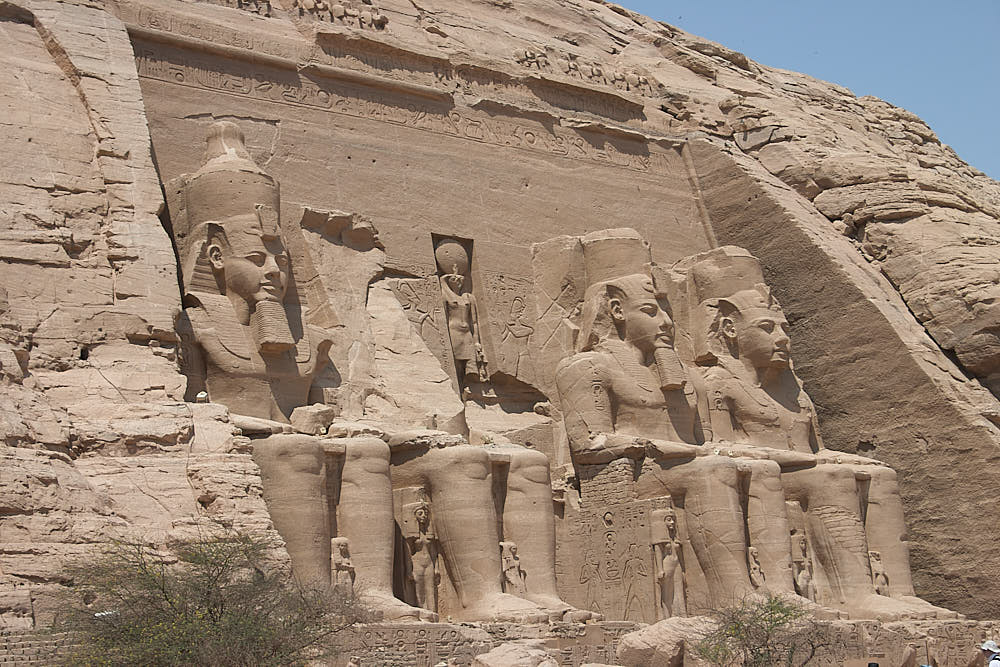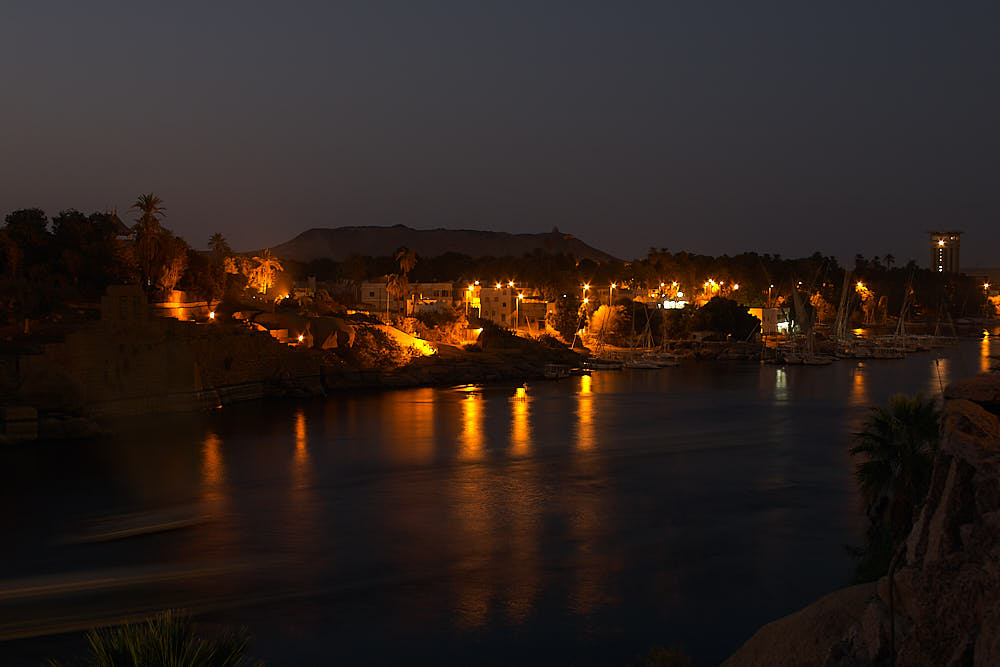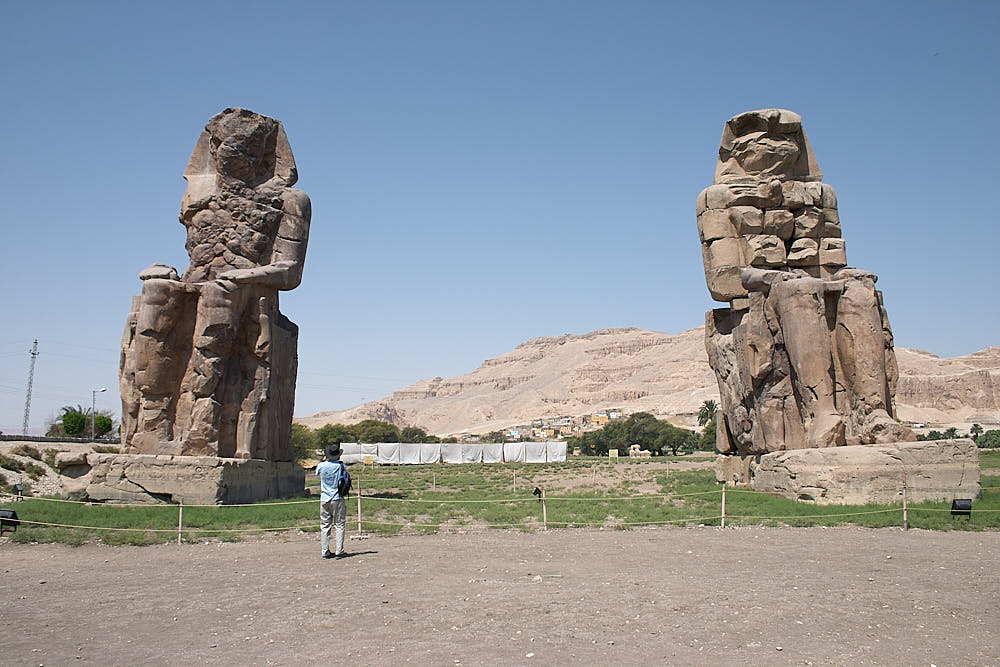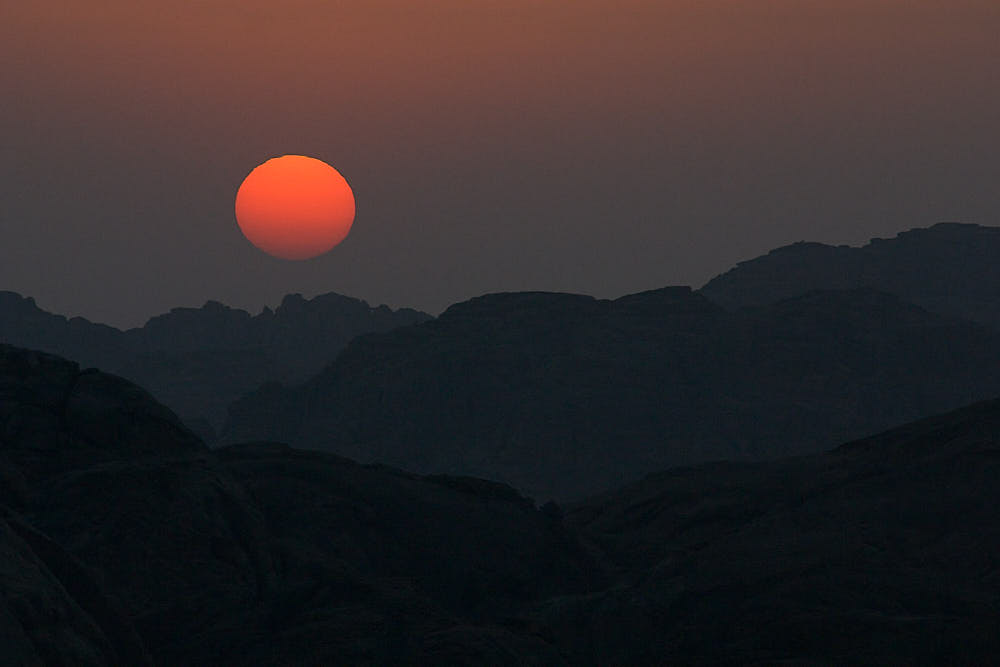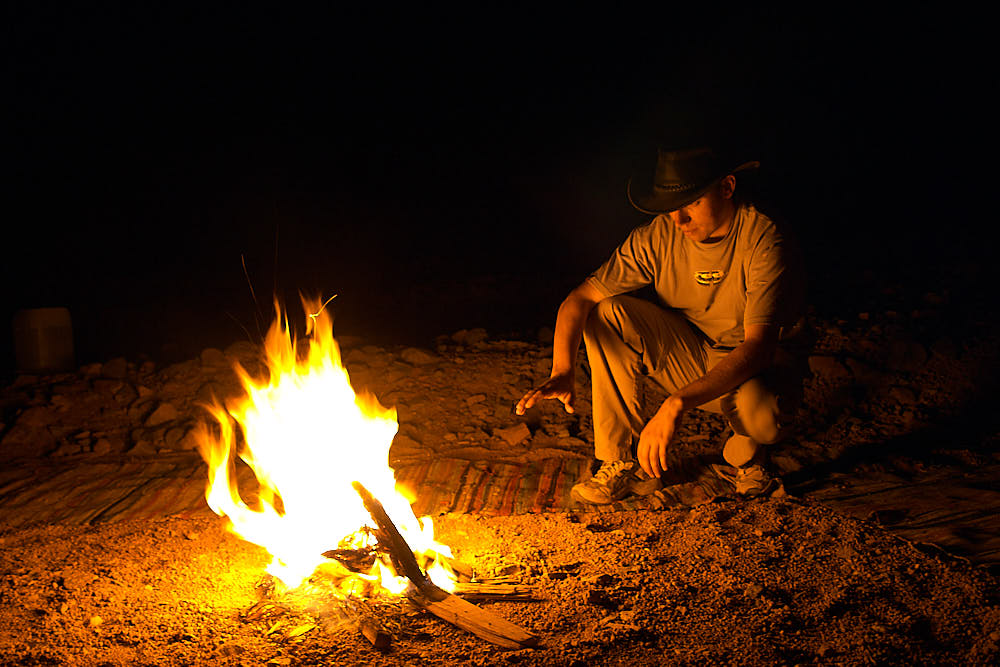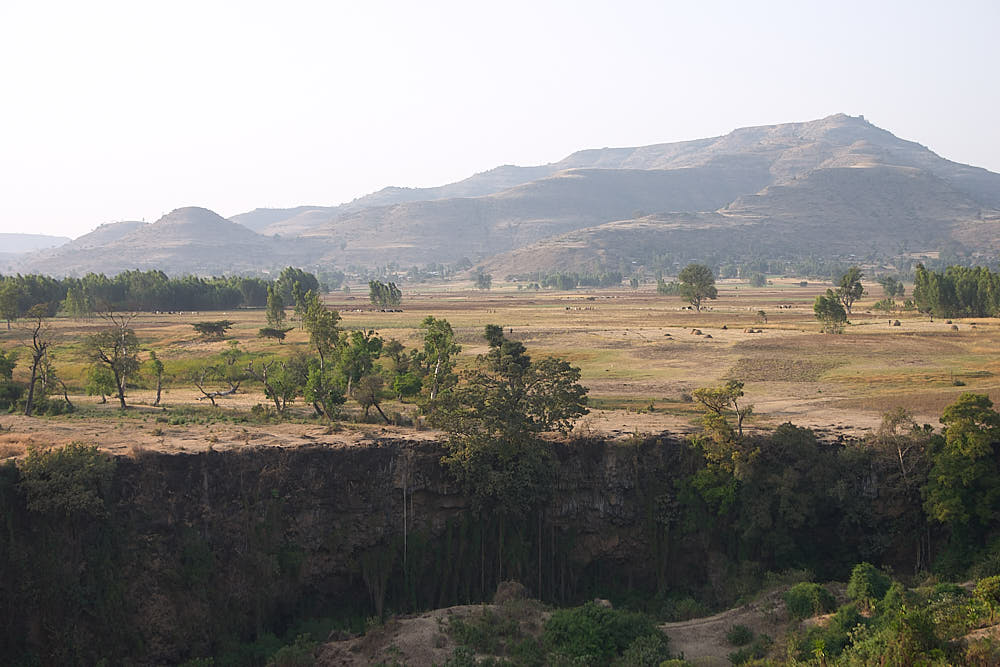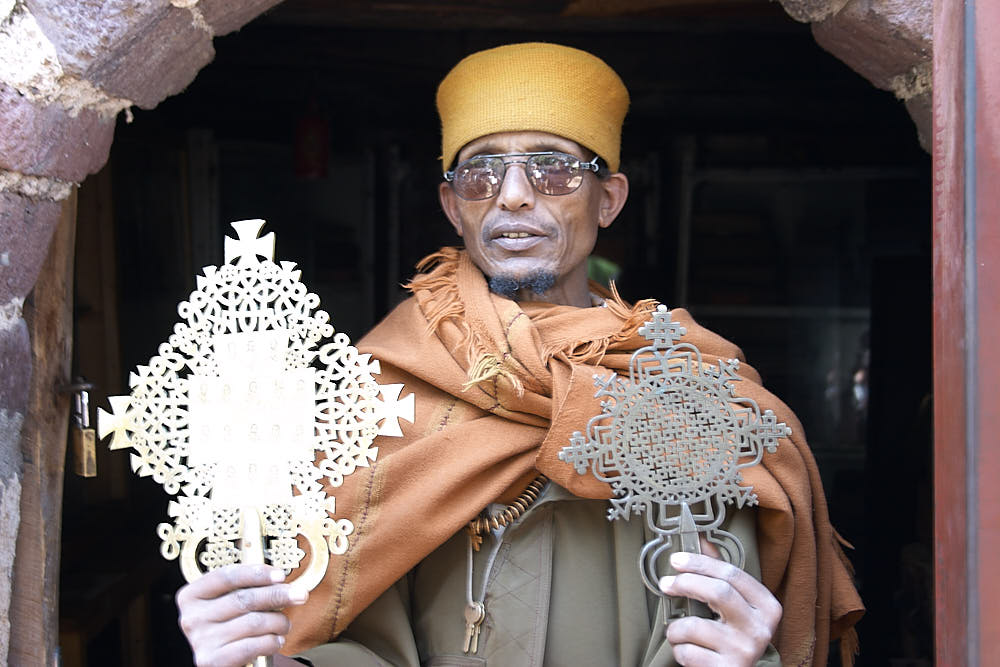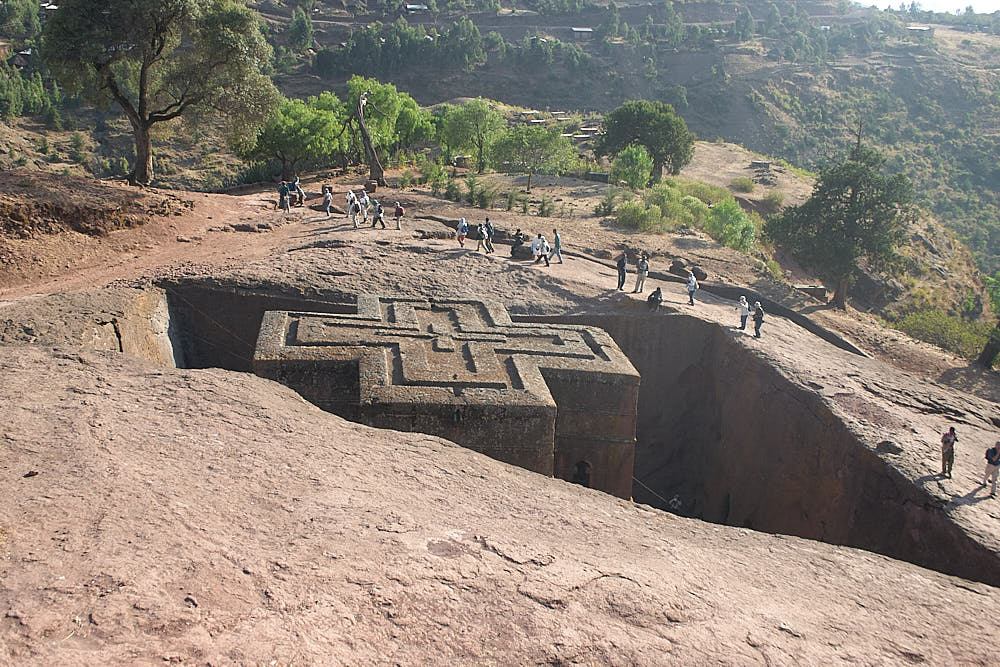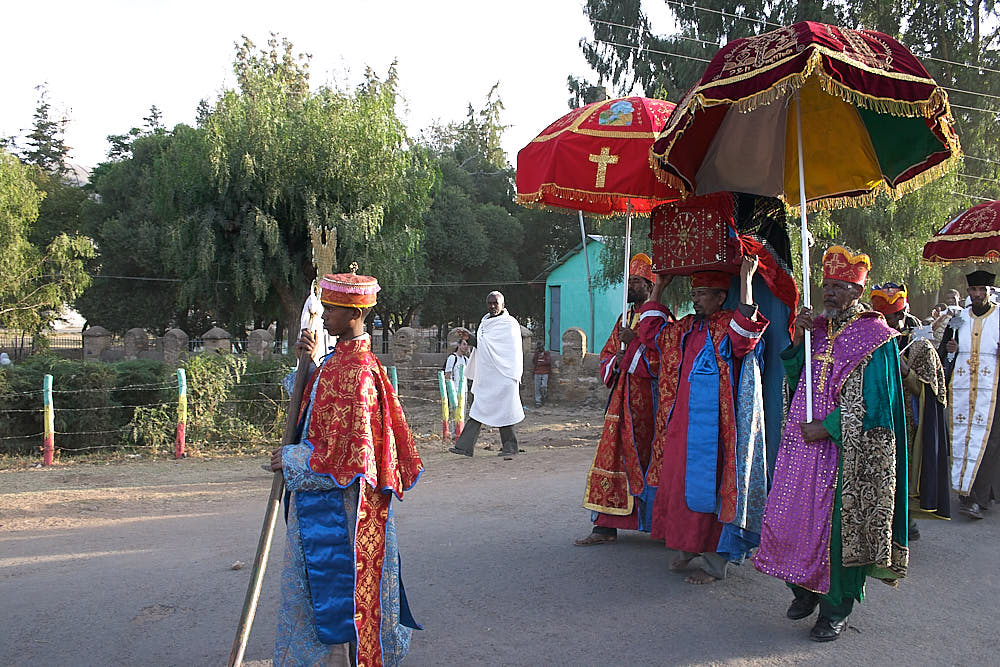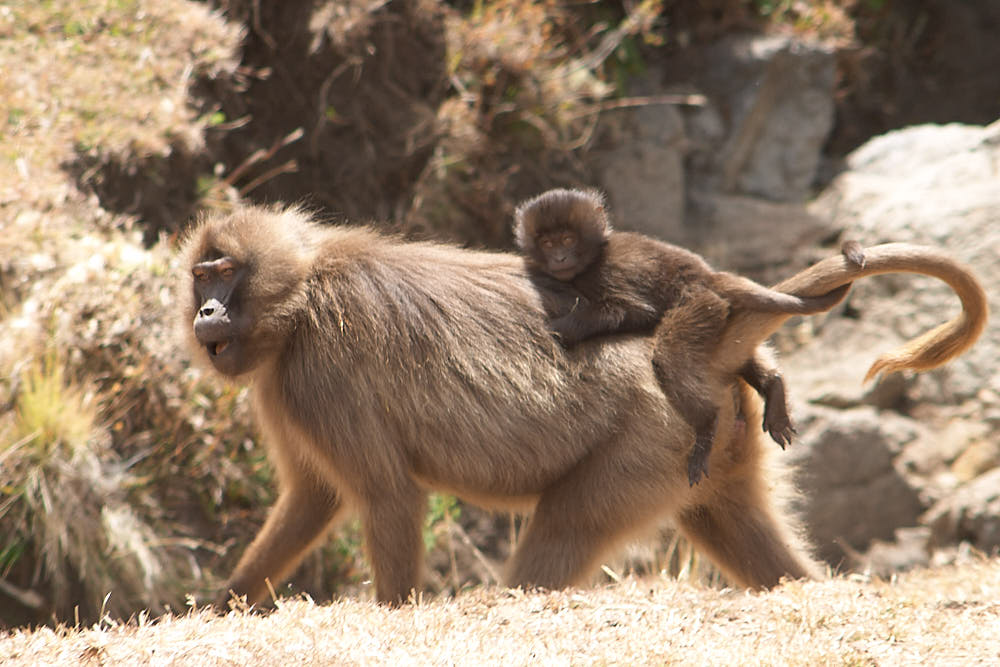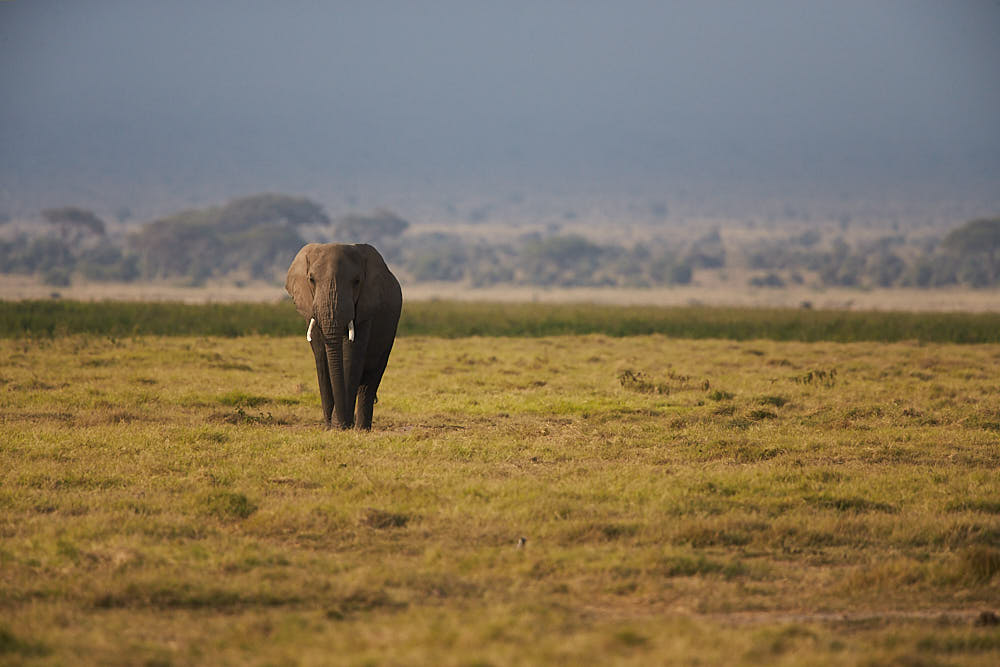
Return to Africa
Kenya, Rwanda and Tanzania
July 26th – August 7th 2019
Duration: 13 days, 12 nights
Location: Kenya, Rwanda and Tanzania
Budget: €9000
Miles Travelled: 3,600
This trip was the 20 year anniversary of the Epic Trips team – back to where it all started in 1999 – East Africa.
The first leg of the trip was to visit Amboseli NP – search for Elephants with Kilimanjaro in the background and other African widlife. Then we headed to Kigali NP in Rwanda looking for the Silverback Gorillas.
Finally we head to Tanzania and Selous NP where we are looking for the elusive painted wolf or hunting dogs of Africa.
Day 01 – Friday 26th July 2019
Today was an easy day on the trip . We headed to Dublin airport for 19:00 and parked in the long term car park and checked in for our overnight flight to Dubai. We left Dublin at 22:10 and arrived in Dubai at 08:00 local time. The time difference was two hours.
Day 02 – Saturday 27th July 2019
We looked around the airport at Dubai after getting a few hours sleep on the plane. Then we headed to the gate and go on our next flight to Nairobi that departed around 10:15 that morning. There was a five hour flight ahead of us here to get down to Jomo International Airport. More sleep and rest ahead of the busy week in front of us. Once we landed we somehow managed to avoid the big queues for the visa control and go through without too much hassle. We got our bags and headed outside to meet our driver/guide for the trip to Amboselli National Park. Hamadi was his name.
We were collected and started our journey into the heart of Nairobi around 16:00 and made it to the Stanley Hotel for around 17:00 hours. Check in was ok . We had to go through a metal detector before getting into the hotel and the truck was checked also . We went up to the rooms and grabbed and shower and came back down to the Thorn Tree cafe for a bite to eat. Once we were done here we watched a movie and headed to bed for our early start in the morning.
Day 03 – Sunday 28th July 2019
Today we got up around 07:00 and headed up to breakfast. Once we were done here we checked out and met Hamadi and loaded up the truck for the trip. It took us around 5 hours to get to the gates into Amboselli National Park. We stopped along the way at a petrol station for some air for the back tyre of the car and again for some fuel and then at a curio shop . Once all this was done we headed onto a dirt track for the last 20 ish km and made it to the lodge around 12:30.
We checked in and got some lunch there with the hotel group . We got the tour around the grounds while they cleaned and made up the rooms for us. After lunch we looked around from the view point and then met Hamadi at 15:30 and headed out on Safari for our first run at the park to see what we could see. It took us around 30 minutes to get into the park though re registration and delays at the gate so it was 16:00 before we were actually in the park. The first thing that we all noticed was that there was a lot of dust everywhere. We spent the next 2.5 hours going around the park and looking at the wildlife and taking photos. Some of the animals that we saw on this trip were
- Elephant
- Water buck
- Warthog
- Zebra
- Giraffe
- Wildebeest (GNU)
- Single male Lion
- Grant Gazelle
- Thomsons Gazelle
- Ostrich ( male and female )
- Water buffalo
- Egyptian goose
- Cattle egret
- Hippos
- Bittern
- Baboons
- Langur Money
- Yellow Baboons
- Flamingos
- Hyena
- Crown Cranes
- Giant egret
- Lapwing / Plovers
We got a good sunset this evening on the way out of the park and saw an elephant in front of Kilimanjaro when we were leaving but the view of the mountain was not clear. There was too much cloud around the place. We got out of the park around 18:45 and headed back to the hotel and the rooms. We grabbed a shower and headed down to dinner at 19:30 and did some star gazing with one of the local security guards – Benson – later on that evening. We also saw some water buck in and around the grounds. Back to the room and bed for 22:00 hours

Day 04 – Monday 29th July 2019
I got up at 06:00 for a chance to see the sunrise and maybe a clean shot of Kilimanjaro. However there was still a lot of cloud around the place so this did not happen. Buffet breakfast at 06:30 and then we headed out on Safari at 07:00 for the morning. Today it was easier to get into the park as the registrations was all done and all we needed to do was go in really. We started the game drive and saw more animals on this leg of the safari experience. Each time we re-entered the park we saw something new which was kinda cool .Today we saw a serval cat in the green cover of the water beds on the way back to camp for our noon meal. The serval was very hard to spot if you did not know that it was there. We spent an hour near where he was eating and got some photos when it decided to take a break and come up for a look around. We also saw a common snake eagle in a tree as we were driving around the park.
Back to the lodge for some lunch and a quick nap in the afternoon and then we headed out again around 16:00 to get another safari in. Mike walked down to the gate where the market was for selling goods before that though and he bought us some elephants for our trip. We collected him just as he was coming back into the lodge and headed into the park for another safari. There was a lot of elephants herds or families dotted around the park as we were driving. We came across a juvenile chanting goshawk on the ground being mobbed by some lapwings. Then we headed back for our “sundowner” evert. We went out behind the lodge and had a campfire experience and some singing and dancing with the five chairs. They brought out a special cake for our 20 year travel anniversary that was very thoughtful of them – and really nice. Once we were done here we headed back into the lodge and got a shower and headed down for some dinner and then bed. Another good day in Amboselli.
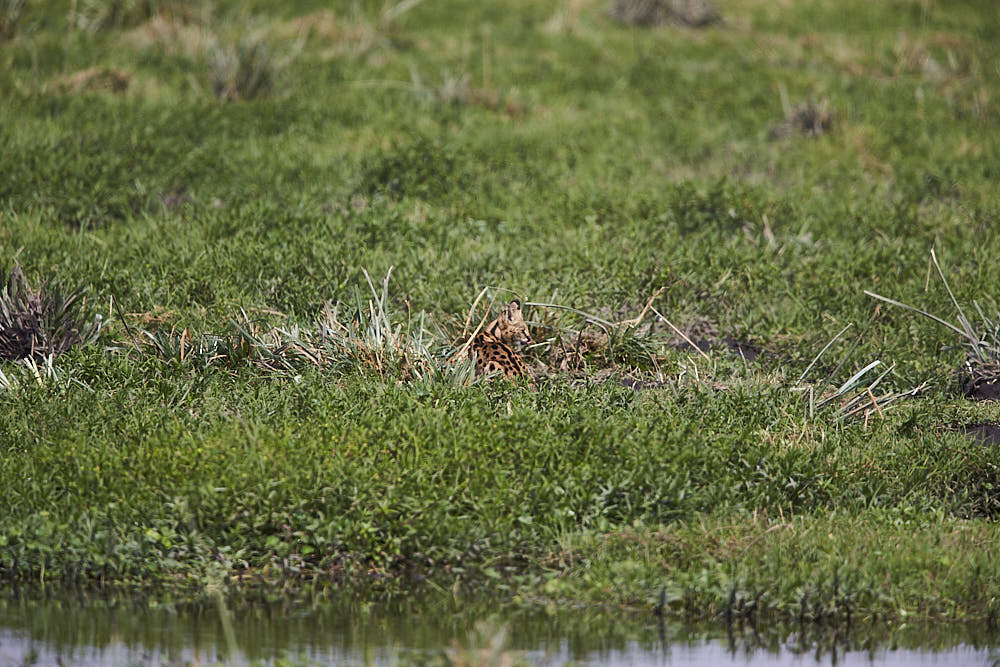
Day 05 – Tuesday 30th July 2019
Today as we entered the park Hamadi told us that there was a pride of lions spotted on the other side of the park. We all sat down and drove fast to get over to see if we could see them before they disappeared. It took around 20 minutes to get across the park to their location but they were still there. They were crossing the plains in search of water. There must have been 30 jeeps parked up when we got there. We got some shots as they went between the jeeps and then we managed to get ahead of them – and some hyenas – and got some more shots. A game of cat and mouse ensued with regards to trying to predict where they were going to go next and park there first so we could get the best shots. Eventually the lions settled down in a thicket and we decided to stay with them and see if anything happened. All the other jeeps and vehicles left and eventually it was just us. A hyena came across them when they were snoozing and made a lucky escape before they settled back down again. Then they got up and walked out to the roadside before going back to the thicket again. At this stage i think that we were nearly three hours with the lions. We then headed to the Observation hill and looked out around the Park and the lake. We got some photos and then headed back to the lodge for around 13:00 today. Lunch then and we lay down for an hour before heading back out again in the afternoon for yet another Safari. Again we headed into the park around 16:00. We could go in earlier but the light is still harsh around 16:00 and the animals are mostly resting. We drove around the park and saw spoonbills eating at one of the smaller lakes. Shortly after this there was a jackal hunting around the area oblivious to the jeep. We drove around by the Amboselli Lodge – since abandoned – and saw a zebra foal that was just born. We watched as it struggled to stand for the first time. After this we headed back towards where we saw the lions that morning. The pride was still there albeit in a slightly different position. We watched them for a few minutes and then had to head away from them as the gates of the park were closing and we needed to get out. Back to the lodge for 18:45 and then showered and dinner for 19:30 and then bed again . We repacked tonight as tomorrow morning was the last drive for us before heading back to Nairobi.
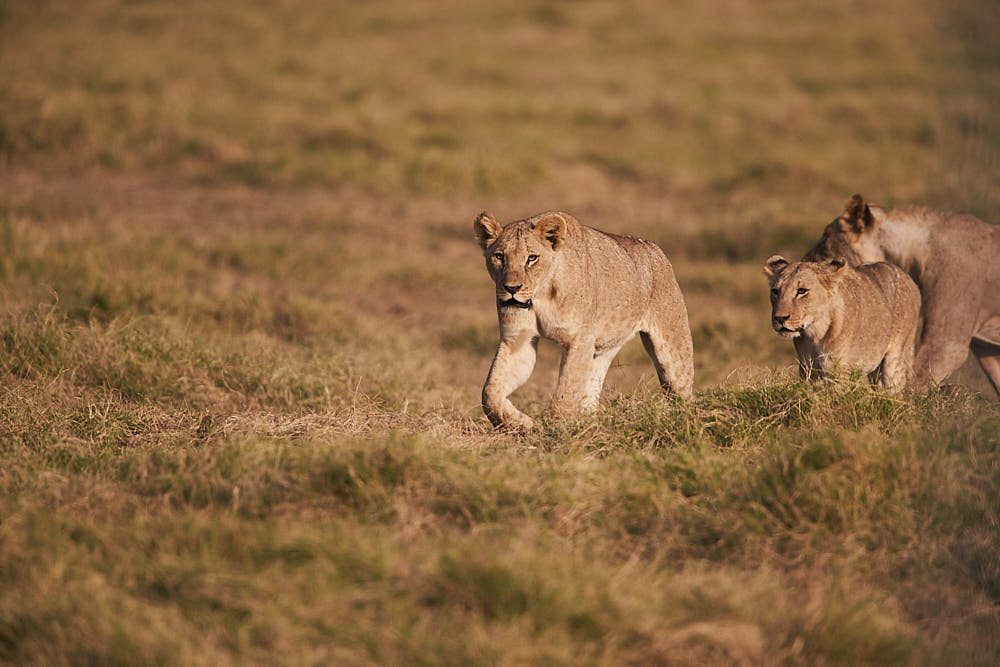
Day 06 – Wednesday 31st July 2019
We got up at 06:30 and got breakfast and settled up our bills and packed the jeep and checked out of the lodge. We went into the park for two hours driving around . We saw a lioness and three cubs down near the flamingo viewpoint. We got some reflection shots at the water before heading out a different gate and heading to a nearby Masai village. We paid 10$ each to enter the village and then we looked around and talked to the elders and members of the village. We visited the local school and looked at their curios before heading back to the jeep and traveling back to Nairobi. They separated us before showing us their wares and trying to sell us the goods. We stopped at the curio shop on the way back and then headed on again to Nairobi. We should have been back at the hotel for 13:30 but the traffic was terrible so it was 15:00 when we finally landed in. We checked back into the hotel and asked about Derek’s wallet. There was no sign of it . We grabbed a shower and re-packed the bags again for the morning flight and then headed to Carnivore restaurant for dinner that night. Traffic was still bad but not the worst. We got back to the hotel for 21:00 and then got to bed for around 22:00
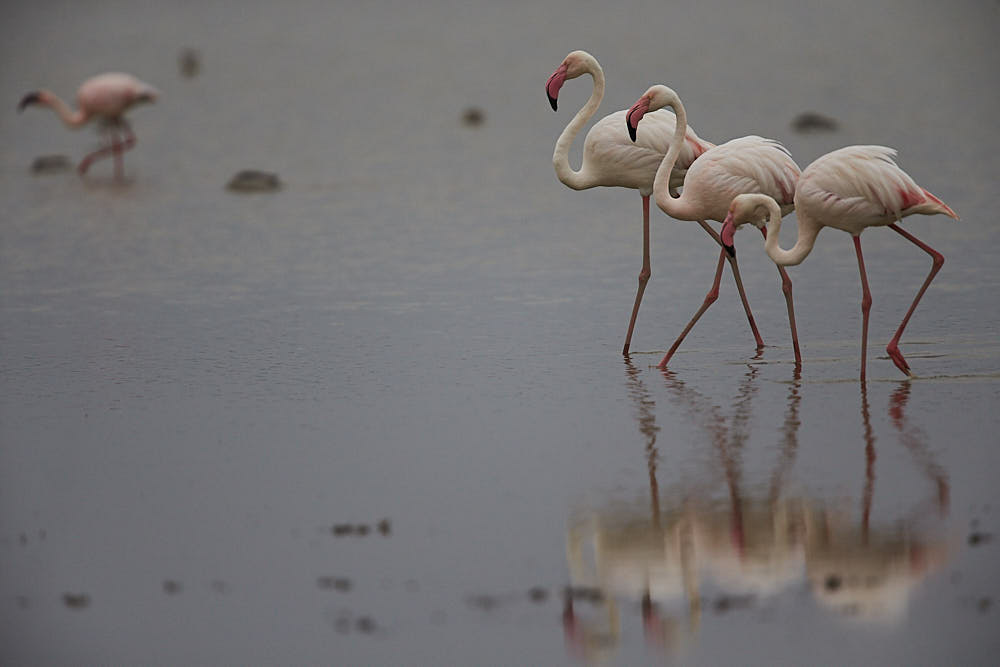
Day 07 – Thursday 1st Aug 2019
Got up at 04:00 and checked out at 04:30 and headed to Jomo Kenyatta international Airport for our 07:15 flight to Kigali. We had to put some air in the back tyre of the jeep en route. We got out there around 05:15 after going through a security scanner on the way in . We got out of the jeep – went into a building and walked through a scanner – and then hopped back in to the jeep again. Once in the airport we checked in the bags all the way to Kigali. We had a 90 minute flight to Bujumbura, Burundi and then 20 minutes on the ground there before a 25 minutes onward flight to Kigali. There was a 1 hour time difference also between here and Nairobi.
We landed into Kigali and paid our 30$ for the visa and collected our bags. Phyllis and Didi met us when we went outside the terminal. We got the briefing for the next few days and then Didi – our driver/guide – took us north towards Volcanoes National Park. We stopped for some lunch in Kigali first and then headed to the Genocide Museum for an hour. Once we were on the road, it took approximately 3 hours to get to the Mountain Lodge. We were delayed close to the lodge as the road was closed due to the President coming through in a motorcade. This delayed us for nearly 2 hours but we bought some painting and chilled out at a nice coffee shop in the town. Once we got to the Mountain Lodge hotel we checked into the rooms, lit the fire as it was colder up here at this height and then got some dinner. After dinner it was lights out and bed for around 21:00
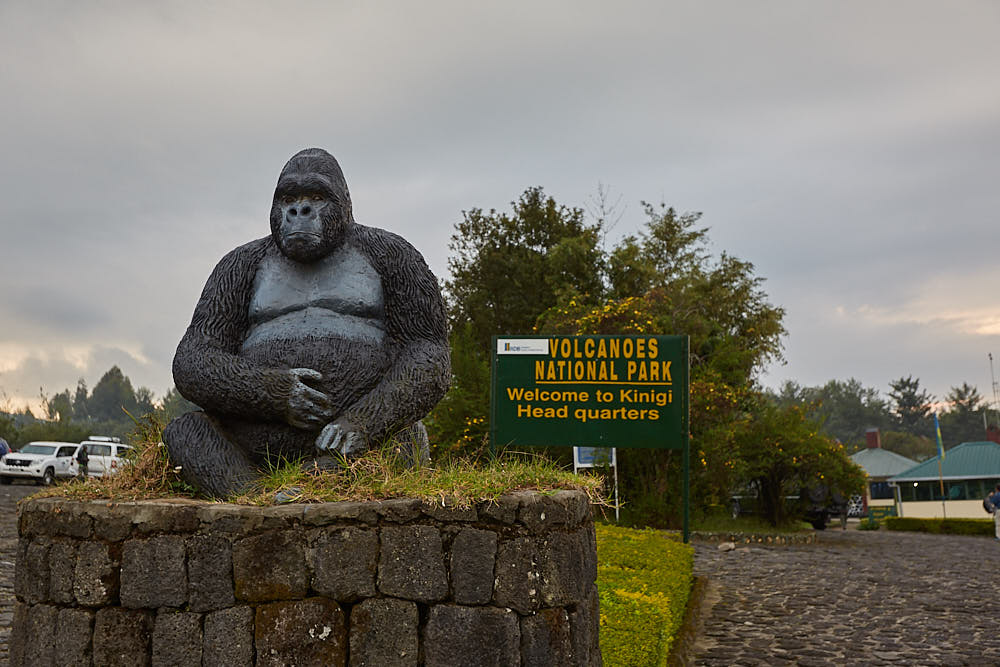
Day 08 – Friday 2nd August 2019
We got up at 06:00 and got some breakfast and then Didi collected us and took us to Volcanoes National Park HQ for 06:45. We waited here and got assigned to a group for the hike. We were going to see the Sabyinyo Group with four other hikers. We had a briefing at 07:30 and left then heading towards the starting point of the hike. We were on the trail for 08:20 more or less. It took us an hour to hike up the hills and into the forest in search of the gorilla group. Shortly after that we found them. It started to rain as we entered the forest but thankfully it stopped shortly after that. The rainforest of bamboo and trees was really impressive and seeing elephant tracks on the mud trail was also pretty cool. The gorillas themselves were unreal – so big and so quiet. The adults were content to sit and eat for the most part and the babies and juveniles were more inquisitive that anything else. The guides keep a good idea on us and them though and made sure we did not come into contact with each other. We spent an hour moving around to different members of the group until finally we met the alpha male – the Silverback . He is one of the oldest – if not the oldest – Silverback in the NP coming in at nearly 48 years of age and weighing in and around 220kg. A very impressive sight when we finally met him. After we were done here we walked back down the muddy trail to the jeep and back to the lodge for a shower. The shoes were cleaned for us when we entered and there was also an option of a foot massage.
Then it was lunch and drive back to Kigali where we spent the night before heading to Dar Es Salaam the following morning
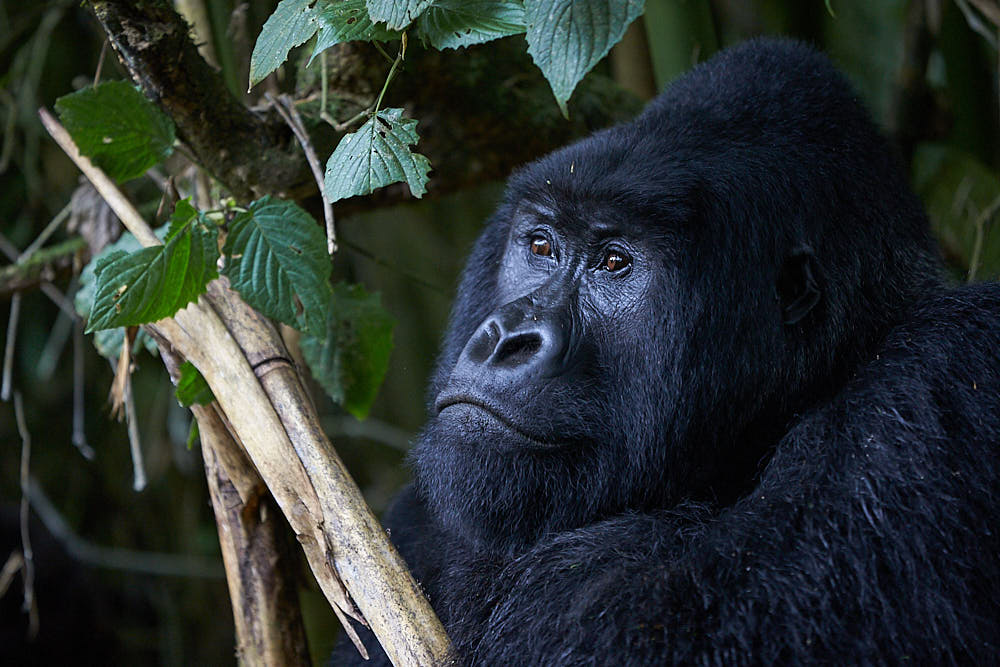
Day 09 – Saturday 3rd August 2019
We got up at 07:15 and got some breakfast before Didi collected us at 08:00 and took us to the airport. We had to get out of the jeep and walk through a security check while the jeep was scanned like an MRI machine. Then it was into the airport and we dropped off our bags and went though security . We waited at the gate and had a cuppa before boarding our flight at 10:50 and headed straight to Dar Es Salam. We landed around 14:30 and got our bags and our visas. 50$ was the cost of the visa upon arrival. Then it was a short 40 minute drive into the city and the Slipway hotel. Quick change and out to explore around the complex. We got some food and walked down by the waters edge. Then back to the room to chill out and watch some tv and hit the hay before another early start in the morning for our onward journey to Selous.
Day 10 – Sunday 4th August 2019
So we got up at 04:00 and grabbed a quick shower and got our taxi to the airport at 04:30. There was no traffic at this hour of the morning and it was a weekend. We were out at the airport at 05:10 and checked in without any trouble. The bags were weighed and we went through to the departure lounge. We waited here until 07:00 and then headed outside to board our flight to Selous via Zanzibar. 20 minutes to Zanzibar and five more guests got on and then one hour to Selous National Park – Mtembere Airstrip. Our drive/guide for the next three days met us here – his name was Ezra. We loaded our bags into the jeep and headed out on a drive from 09:00 until lunch. The big highlight of this drive was two giraffe fighting near the lake on the way to the camp. Ezra told us that we witnessed a younger male de-throne the older reigning male ruler. It was only his third time ever seeing this event in 12 years of guiding. We moved on and headed to the camp then for around 12:30. We met Beatrice – the camp representative – and got our talk re the running and workings of the camp. Then we went to our rooms and dropped off our bags before lunch at 13:00.
Once lunch was done we headed back to the room to rest and recharge the batteries before heading out on a boat safari for the afternoon. The captain – Faidh- took us around the area to see a lot of hippo and crocodile. Kingfisher roamed up and down the banks of the river also – brown hooded, pied and malachite kingfisher were the main types that we saw. We also saw African bee eater as well as. White throat bee eater later on near sunset. We went to their colony and came across a monitor lizard eating one on the bank near the burrows. Fish eagle, yellow billed stork, Goliath heron, giant egret and other water birds were also in abundance. Back to camp for 18:30 and then we changed to dinner. Briefing was at 19:30 for the following day and then dinner at 20:00. We had a genit cat come down to us for dinner as well as some bush babies – they look like lemurs. Bed for 22:00 and early start in the morning.
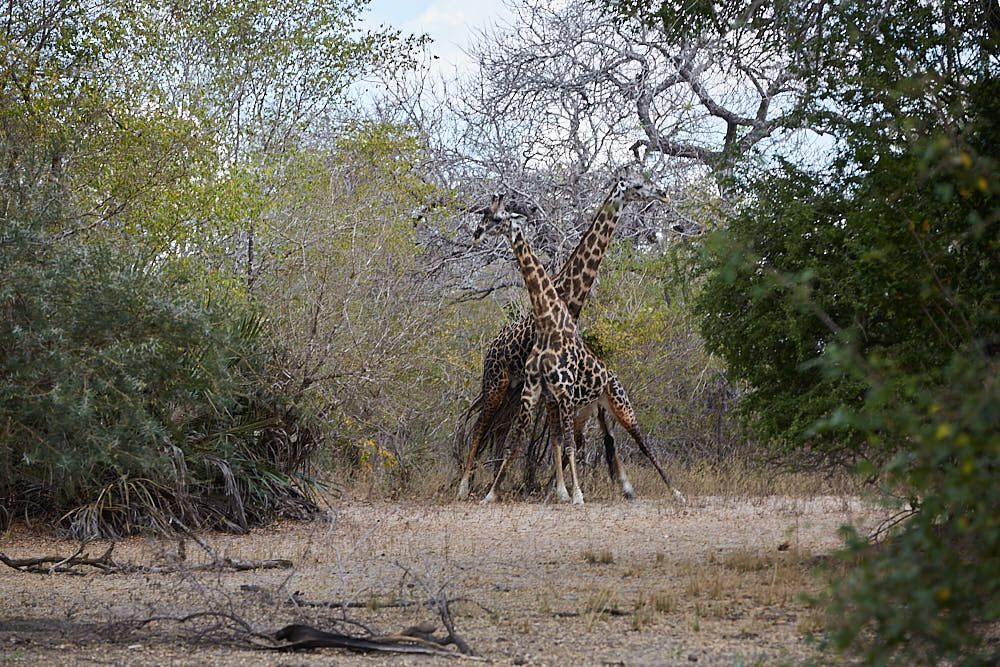
Day 11 – Monday 5th August 2019
So we got a wake up call at 06:00 with some tea biscuits and coffee. Then we loaded up the jeep and headed over to the other side of the park looking for the wild dogs. We arrived in the area around 7:30 and another van told us that they had seen them with an impala kill in the area. We drove around and found the pack eating what was left of the impala. We stayed with them until 09:30 and had our breakfast in the bush after we took some photos and videos with the dogs. There were 18 doges in the pack that we saw – the size of the family was 23 according to Ezra. We drove around and found other wildlife on the safari and the headed back to the camp for 13:00 for lunch.
After lunch, Mike, Derek and I headed out fishing while Garry went back to the tent. We spent the next two hours fishing for tiger fish. Mike caught a crocodile first and then was successful with a tiger fish. Derek got a cat fish next and finally I caught another cat fish before calling it a day. The one that I caught was a monster weighing just over 11kg. Then it was back to camp for the afternoon game drive. We had some trouble with the jeep – bearing was acting up – so we switched and continued the drive. Back to camp for 18:30 and then a quick change and briefing at 19:30 and dinner at 20:00 down by the pool tonight.
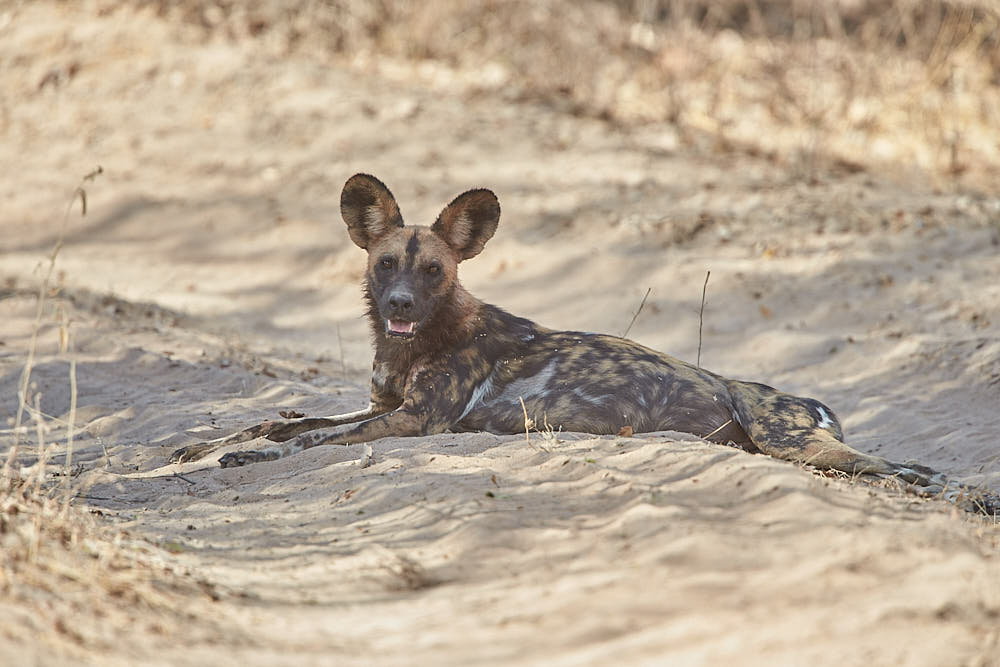
Day 12 – Tuesday 6th August 2019
Up at 06:00 and out again for 06:30 with the plan to go see the Hyena den and pups. On the way we can across a pride of lions and small cubs. We stopped here and saw a lioness hunt a wildebeest near the water. She was not successful this time but it was exciting to witness. We decided to wait here in case there was another hunt. Unfortunately a lot of jeeps came and hindered the hunt so we did not see any more action from the lions before lunch. We had our breakfast waiting for the lions and then headed back to camp.
After lunch we went on a walking safari for two hours before dinner. It was very interesting and cool to see and learn about the animal signs and behaviours. Back to camp then for some dinner and repack of the bags before bed
Day 13 – Wednesday 7th August 2019
We got up around 08:00 this morning for breakfast at the camp. Then we loaded up the jeep and headed to the airport. We got there around 09:45 and waited for our flight back to Dar. We landed around 11:10 and the lads went on to Zanzibar and i transferred to the International airport. It took a few minutes to get across. I went in through security quick enough just to get in out of the heat. There was one or two curio shops outside and nothing to write home about inside so if you have any shopping to do you best do it out there before entering the airport. Nothing much to do inside until you check in your bag. I had to wait a few hours for the counter to open and then drop off of the bag and proceed on though security and passport control. This was the first place that they weighed my camera bag and i was overweight. They wanted me to buy another seat for the flight but thankfully i convinced them to let me know with it as is. I went through passport control and then got a pizza and coke before going to gate 2 and waiting for the boarding at 16:45. 5 hours later and we were touching down in Dubai when i was met by a representative from the hotel . The heat when we got off the plane and onto the bus was unreal Once we got to the terminal i checked into the hotel and went to bed. It was very convenient and easy once you know where everything is. The gate for the onward flight in the morning to Dublin at 07:15 was 5 minutes from the hotel room.Bed for midnight.
